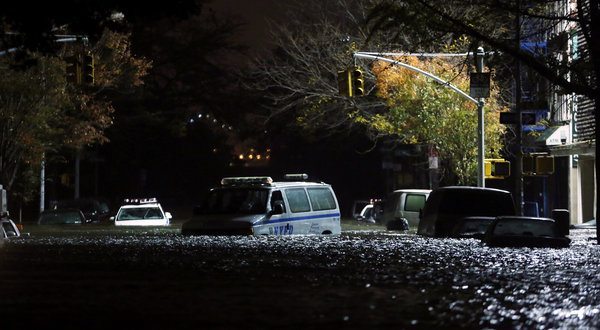Brand Insights
For Health Science Executives
Competing Biomedical Research Groups Come Together to Face the Small but Significant Loss of Hurricane Sandy
Competing Biomedical Research Groups Come Together to Face the Small but Significant Loss of Hurricane Sandy
The University of Pennsylvania and Cold Spring Harbor are helping restore one of the largest and most valuable genetically-altered rodent colonies in the U.S.
The flooding on the basement level of 1st Avenue and 30th Street of the Smilow Research Center was a devastation for the New York University medical and research staff as thousands of their genetically altered rodents drowned. These smallest of victims were the result of 10 years of research that will take significant time to restore. These specific laboratory rodents were the center of multiple health issue studies such as cancer, heart pressure schizophrenia and autism.
“The combined tide and wind resulted in extensive flooding in the building, and unfortunately, my mouse colonies were wiped out,” said Gordon J. Fishell, associate director of the N.Y.U. Neuroscience Institute.
The building itself was expected to withstand 20 percent higher surges, so it was a major surprise to them, and of course they acted on protecting their human patients first.
Dr. Fishell said that his laboratory by itself lost around 2,500 mice, but other programs at the Smilow Research Center lost both rats and mice accumulating up to 7,500 that were included in research for cancer, cardiovascular disease and epigenetics (the study of heritable changes in gene expression).
“That facility is top-notch, one of the leading centers in the country, so the loss is just terrible,” said Dr. Yariv Houvras, a cancer researcher at New York-Presbyterian/Weill Cornell Medical Center.
Scientists at the University of Pennsylvania and Cold Spring Harbor Laboratory on Long Island, have already committed to donating animals to continue the research process at some of the Smilow Centered colonies, which is a great start to fixing this enormous loss in the research field. “Individuals in the research community, who in most businesses would be considered my competitors, have been eager to help,” Dr. Fishell said.
This is the second similar loss in six months in the world of basic research. When most are reaching out to organizations on the front lines like the American Red Cross, it’s important to remember the wide-spread devastation that occurs from natural disasters as well. To help contact the Smilow Research Center’s Division of Animal Resources at 212.263.5308.
Click the link to read the full original article:
Hurricane Sandy’s Lesser-Known Victims: Lab Rats
